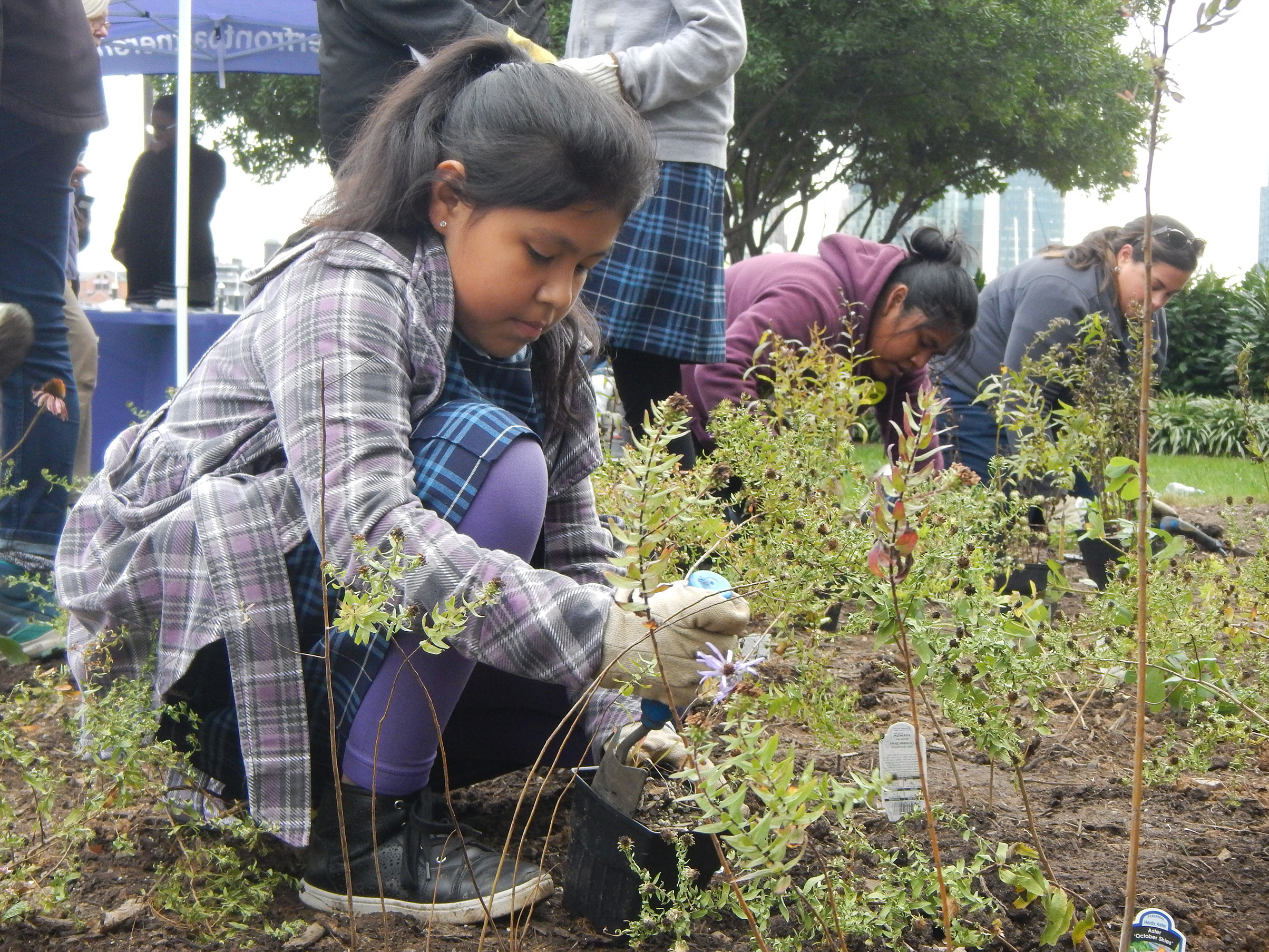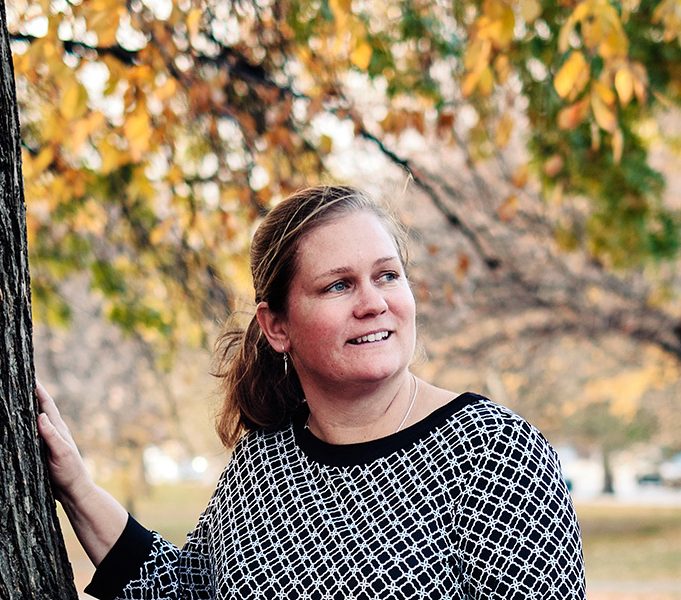GameChangers
Connecting People with Nature in Birdland
Patterson Park Audubon Center provides a habitat for wildlife in Baltimore.
Patterson Park Audubon Center (PPAC) is appropriately perched on the second floor of a brick rowhouse, just a few steps from its namesake park. The space is bright and serene. Field guides, binoculars, and taxidermied birds line the walls. An aquarium filter bubbles soothingly. But the tranquil scene indoors belies the buzz of activity that will soon occur outdoors when a school group arrives for a PPAC field program.
And that happens a lot. The nonprofit’s mission is to “conserve and restore natural ecosystems, focusing on birds, other wildlife, and their habitats for the benefit of Baltimore communities and the Earth’s biological diversity.” It’s a lofty goal supported by numerous educational and community development programs offered in both English and Spanish that nearly 13,000 people participated in last year. But, for many of those participants, there’s also some therapy involved.
How can providing a habitat for wildlife make Baltimore a better place? “Studies show the correlation between green spaces, healthier communities, and lower crime,” says PPAC director Susie Creamer, pictured. “If birds aren’t your priority, there are certainly other reasons to make sure our children have green recreational spaces.”
The transformative power of nature is confirmed by the stories she tells about PPAC’s programs: the feeling of accomplishment in a fourth grader who spotted a butterfly on a flower he planted the previous year. The financially strapped Salvadoran who felt like she finally “fit in” after receiving a stoop-side container garden like those of her neighbors. The creation of a pollinator garden in a brightly painted derelict canoe that drew Latina moms together. The woman who was so moved after recognizing the same birds in Patterson Park as those she saw 20 years before in Colombia, it inspired her to found the PPAC group, Embajadores de Aves (Bird Ambassadors). Birds, Creamer says, “need what these women sought for themselves: a good, safe place to raise their young.”
The concept of birds migrating thousands of miles and enduring hardship also resonated with people in recovery from substance abuse during a recent series of workshops—a collaboration between Creamer and master gardener Precious Fraling—at Glenwood Life Counseling Center (GLCC). In the beginning of the first workshop—which most attendees did not sign up for, but only showed up to satisfy community service requirements—they were reserved and quiet. Some said later that they had wondered how Creamer’s presentation about bird conservation could relate to them. There was a little grumbling such as, “birds eating this and that and then pooping on my car.”
But before long, their eyes lit up, questions were asked, and they were all fully engaged in the discussion. During subsequent workshops, they enthusiastically planted native plants in the GLCC garden created by Fraling.
Obstacles confronted by birds during migration were viewed by one attendee as a parallel to his own journey in recovery and said it reminded him of “the guy on the corner who’s trying to hook me again.” Another commented, “Just like people think that addicts are everywhere and don’t think they have any value and don’t even notice them, birds are everywhere and they matter, too. You know how people say, ‘Oh, those junkies on the corner’ and sort of dismiss us like we’re not worthy of life.” —Vicki Dodson

